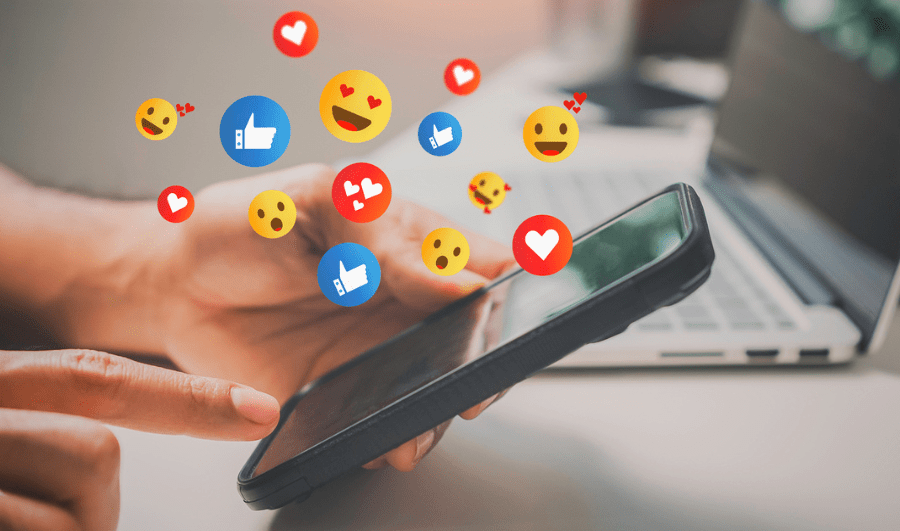There is no way to tell exactly how many websites exist on the internet. Based on popularly cited internet sources, the general assumption is that it is in billions. However, fewer than 400 million of these are active. A slew of new websites appear every day, and many also go defunct. The internet keeps growing nonetheless. Web designing or web development is the process of creating websites.
What is web designing?
It is the multi-faceted process of developing and maintaining websites. Web designing combines many skills and disciplines in creating and maintaining websites. It involves designing different aspects of a website, such as web pages, user interface, graphics, and content, using web programming languages. The language and design you use will decide how your website communicates with its own elements and appears to users at the front and back ends. The better the web design, the more traffic you can get on your website.
Programming languages for web development
Web development involves language types like markup, programming, and scripting. Markup languages are very different from programming or scripting languages. Markup languages, e.g., HyperText Markup Language (HTML), tell browsers how to structure and display a website. Then, describe how to display something written in HTML using Languages like Cascading Style Sheets.
Programming languages are codes that provide computers with commands or logic to perform specific tasks. Scripting languages are a sub-category that basically provide instructions for tasks written in a web programming language. Deciding on the right web design languages to create your business’s website can get confusing. It is important to understand the specific use cases of different languages. But if you are just starting out, here are the most popular web development languages you should know about:
HTML
HTML works on all browsers. It defines what you will see on your screen when you go to a hyperlink. While HTML is important for defining a web page (layout and its components), you cannot use it to create dynamic functions the way programming languages can.
CSS
It is a style sheet language developers use to describe the style of web pages written in HTML. Use CSS along with HTML to define web page characteristics like colors, images, layouts, font styles, and more.
JavaScript
It works with both HTML and CSS to design interactive and dynamic web elements. Its versatility has made it a go-to language for enterprise app development. You can use it to create both website front and back ends.
Python
It is an object-oriented language with a resourceful standard library. It is easy to understand and very user-friendly. Furthermore, developers mainly use Python in backend web development, automation, and web app development. It simplifies building complex websites and is compatible with other programming languages.
Java
It is one of the most popular web programming languages with an extensive open-source library. Use Java to develop content, games, apps, and software. Built on the ‘write once, run anywhere’ principle, Java codes are portable and can run on multiple software platforms.
C++
It is easy to learn, as it only contains 60 keywords. As one of the oldest programming languages globally, C ++ undoubtedly has a large support community and owns a large number of libraries to provide additional functions. Famous websites like Google and Amazon use C++.
C#
It is another language from the C family. C# is an object-oriented, multi-paradigm programming language. Use C# typically for enterprise app development.
PHP
PHP stands for Hypertext Preprocessor – an open-source scripting language primarily used for backend web development. Use PHP to create heavy-output items like animation, data, PDF, etc. Web development using PHP functions is similar to C language, supporting many free and open-source extensions such as .NET.
Ruby
It is easy to learn and runs on the Ruby on Rails framework. It is much like Python and PHP. With useful features such as automatic garbage collection and huge libraries. Ruby renders an enhanced web development experience.
Summing up
If you are very keen on dabbling with web designing, you can start by learning some basic web development languages. This can help you gain a fair idea of how web programming works. For extensive web designing, you may need the help of a professional web developer to create attractive, user-friendly web experiences for your customers.
FAQs
Different programming languages have different USPs. We have listed some of the most widely used programming languages for excellent web designing above.
A web developer should know these three main programming languages: HTML, CSS, and JavaScript.
Yes, Python is mighty and enables high-quality web development.
Python is powerful, portable, open-sourced, and its syntax is user-friendly. On the other hand, PHP is mainly used for creating dynamic web content with HTML.
HTML 5 is one of the easiest programming languages to learn in terms of syntax. It can be used easily with JavaScript to add interactivity. HTML pages can be easily managed using any standard text editor.






